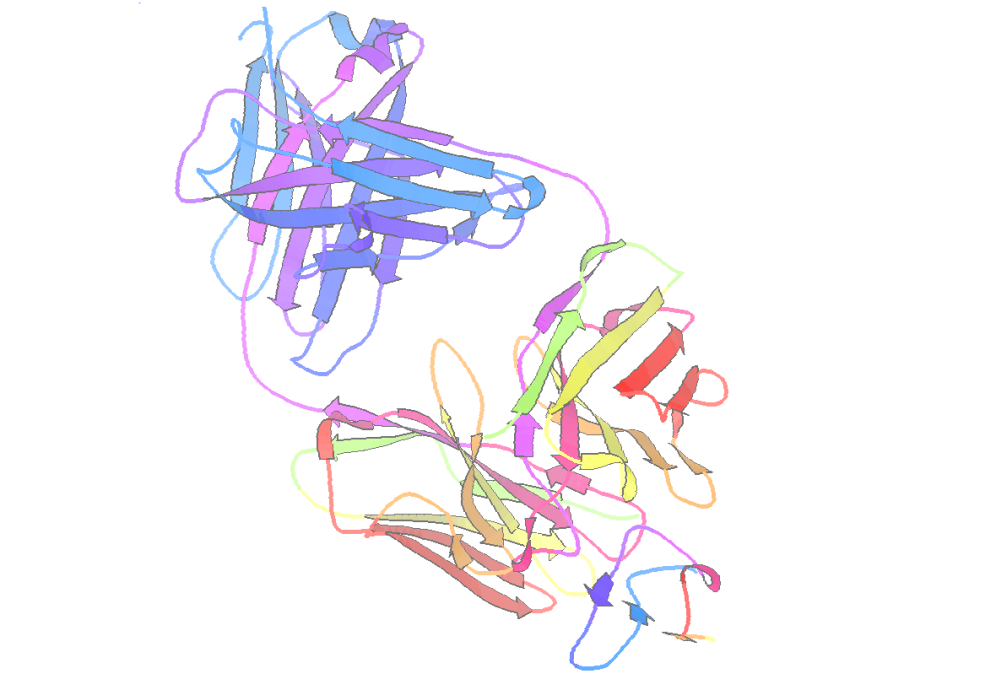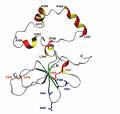MalVac is an information resource for the Malarial Vaccine Candidates. It includes curated information for currently known Malarial Vaccine Candidates obtained from careful literature search.
Apart from this MalVac also contains a detailed analysis of proteins from three plasmodium species- P.falciparum, P.vivax and P.yoelii that have a probability of being involved in the adhesion of Plasmodium pathogens to the host cells. This probability is decided on the basis of MAAP Score. The analysis includes various computational approaches to identify the number of paralogs, orthologs, number of transmenbrane helices, signal peptides, beta wraps and topology of the protein . It also provides information about conserved domains present in the protein and blastp results reflecting similarity to host proteins.
MalVac also contains detailed epitope information for all the selected plasmodial proteins. It contains the linear B cell epitope data obtained from ABCpred and Bcepred servers and conformational B cell epitope data from CEP and Discotope servers.
The T cell epitope data obtained from Propred, MHCPred, NetMHC and Bimas servers are also present. The Allergen data regarding the chances of the protein being an allergen obtained from AlgPred, WebAllergen and Allermatch are also incorporated.






